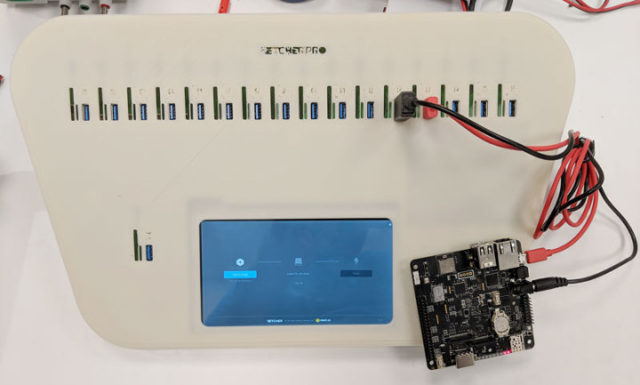


This is a destructive operation, with no option to recover any Windows data.ĭecide to turn BitLocker off. The Ubuntu installer can then erase the entire contents of the hard drive and create its own structure (partitions and data).

In this case the Ubuntu installer will also not be able to correctly map data.Ĭancel the installation of Ubuntu and continue using Windows only.ĭecide that the data stored in Windows is not important, and that you are willing to overwrite the data contents. This means that the Ubuntu installer cannot correctly map data, and the additional installation cannot be safely performed without data loss… Additionally, some manufacturers ship systems with BitLocker enabled but the hard drive contents not yet encrypted. If you are using BitLocker, the hard drive contents will not be accessible, and they will appear as random noise. This allows the guided wizard to correctly map the data, and safely make adjustments to accommodate the additional installation of Ubuntu alongside Windows. If you are not using BitLocker, Ubuntu will be able to see the correct hard drive structure, including any partitions and data stored on it.
#UNINSTALL BALENAETCHER INSTALL#
If you plan to install Ubuntu side by side with Windows, you need to take into consideration the operational setup on your computer. Without the correct credentials, the encrypted hard drive data will look like random noise. When a user starts their computer and properly authenticates with the correct credentials, BitLocker will decrypt the data and allow seamless usage of the hard drive and the data it contains. It is designed to minimize the risk of data theft or exposure from lost or stolen computers. When activated, it will encrypt the contents of the hard drives in Windows, making the data inaccessible without the correct decryption key. This is not the case as the drives can be fixed, but it would be nice if balena addressed this issue by providing some kind of tool for restoring a drive to its original state.BitLocker Drive Encryption is a data protection feature that integrates with the Windows operating system.
#UNINSTALL BALENAETCHER SOFTWARE#
Now when I check my drive in Windows it appears as it should one large partitions with (almost) the whole capacity of the USB available.Ī lot of people have written on the balenaEtcher forums about this problem, blaming the software for destroying their USB drives. For good measure I thoroughly formatted the drive a second time using the option in the File Explorer menu system. Once I deleted any existing partitions I created a new partition from the unallocated space, with an NTFS filesystem that is visible in Windows as well as Linux. You should take care that you are modifying the correct drive location! I used gparted, which comes already installed in Ubuntu, to remove all partitions on the USB drive, which for me was mounted at /sdb1/ The only way I found to “repair” my pen drive was by using a computer that was already running Linux, in my case Ubuntu. Windows is unable to see the partitions correctly and is therefore unable to remove them, or format the drive correctly. This is not really a problem until you want to remove Linux from the USB drive and start using it, once again, as a normal drive for transferring files etc. That’s because a bootable USB contains certain drive partitions with filesystem types that are not visible to the Windows operating system. It is a nice Windows program that simplifies the process of creating Linux disks and is recommended by some Linux distro vendors.Īfter the program successfully writes a bootable Linux USB drive, the drive no longer appears correctly in Windows. Recently I used balenaEtcher to create a bootable Linux drive.


 0 kommentar(er)
0 kommentar(er)
